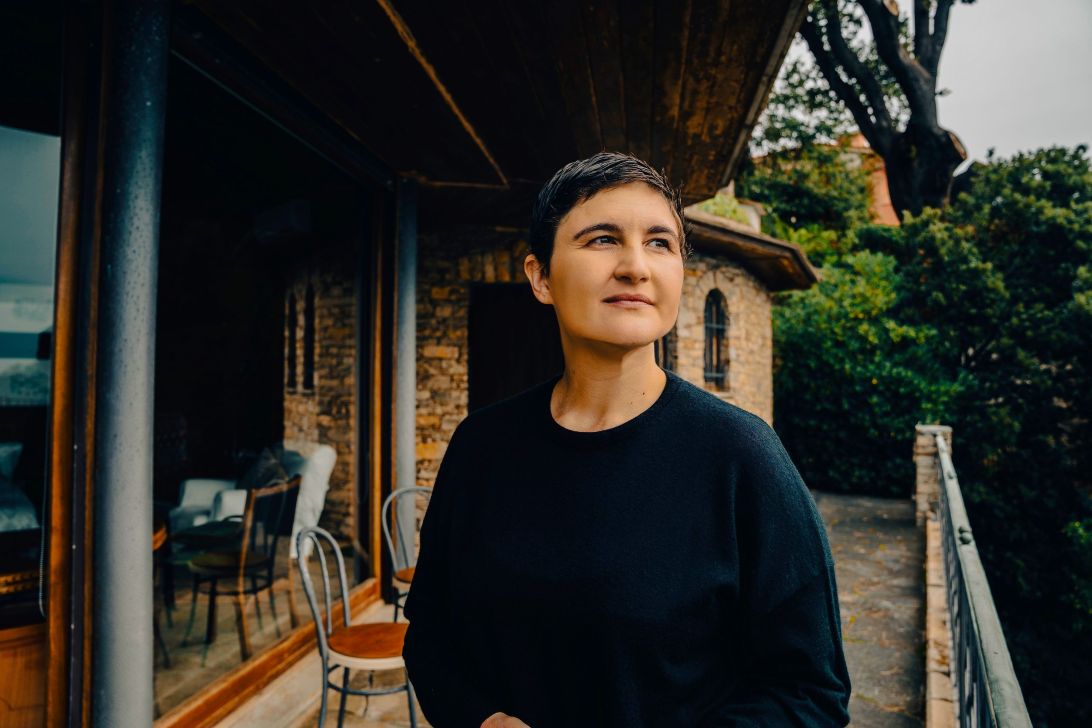Leillehua Lanzelotti can remember writing music from an early age growing up in Honolulu, but her voice as a composer did not fully emerge until she had moved far away.
“As soon as I started composing, my connection to Hawaii and my homesickness at the time living in Europe came out immediately,” she recalls of her days pursuing a career in violin performance. “It was almost as though composition was an outlet for a lot of the ways that I was trying to express myself that I didn’t have other outlets for.”
That outlet has earned Lanzilotti accolades and recognition all over the world, including a Pulitzer Prize in Music nomination back in 2022, and commissions from ensembles like the New York Philharmonic and Roomful of Teeth. This kind of recognition, Lanzilotti points out, is not earned through a superior understanding of music, but through a certain way of hearing the world that is informed by her Kanaka Maoli roots.
“When we record [Hawaiian-informed classical music], we don’t have the percussion instruments that are used for dancing,” Lanzilotti illustrates, “and growing up dancing and hearing these songs... I don’t hear them without that layer of percussion in them that’s the constant sound of the rattles that, you know, a hundred people on stage are playing or even 20 people are playing together as they move. So, for me, some of those elements of the way I hear sound and the way I layer sound are rooted in some of those ways of listening.”
An artist well-known for her advocacy of new works in the classical canon, Lanzilotti is using her voice to widen the circle of inclusion in the field to not only include new voices, but also new listeners. One of the biggest ways that she does this is through her approach to music and altering the sense of time that has become so foundational to the Western classical music tradition.
“It’s an invitation to be moving through that space in a different way that’s less about executing within a clock time frame and more about listening and being present and in the sound,” Lanzilotti explains, highlighting pieces that are notated without the conventional bar lines and aligned notes on a page and instead invite room for a more active listening and, ultimately, connection. “When you’re inviting with these different kinds of experimental notation... then these different kinds of things related to listening and bringing outside sound in can happen in performance in this magical way.”
As she continues her work at the Banff Centre for Arts and Creativity, Lanzilotti is noticing the engagement that is offered and participated in by Canadian classical music performers and audiences as they turn to a more community-informed model of programming music, often with an eye towards reconciliation. “As always, there’s still more for us to do,” she observes, “but I think [Indigenous composers from other parts of the world] always look at Canada as a model of kind of being more ahead of things.”
Being at the Banff Centre has given Lanzilotti another perspective on community that will inform her upcoming engagements. “This being a place of gathering and thinking about what that means and gathering energy and taking that with us,” she says when asked about what she will take away from her time on the side of Sacred Buffalo Guardian Mountain. “It’s always an honour to be here and I’m really glad to be.”
